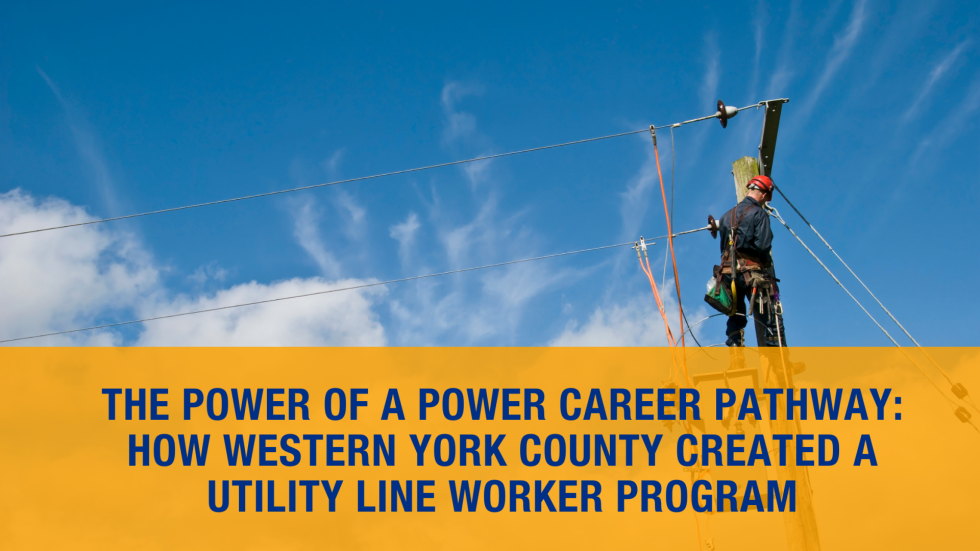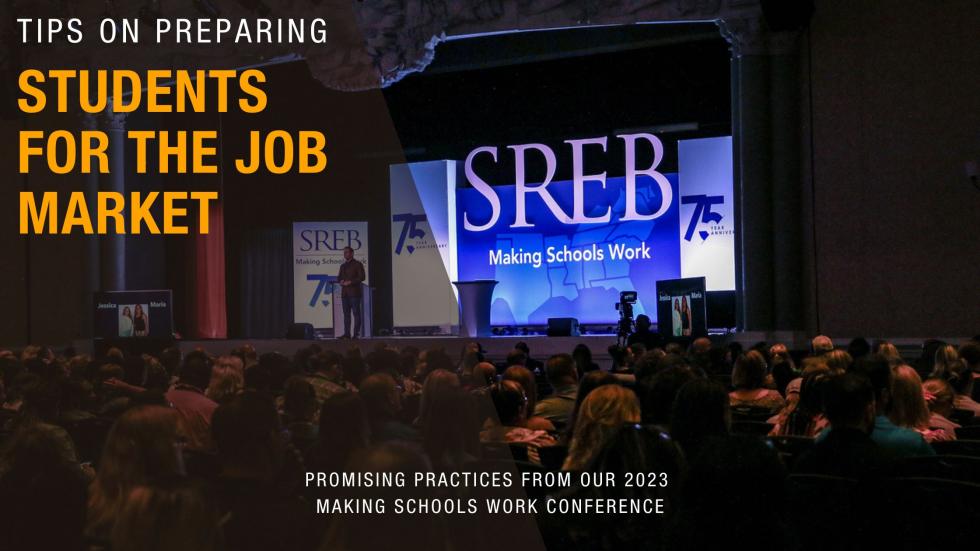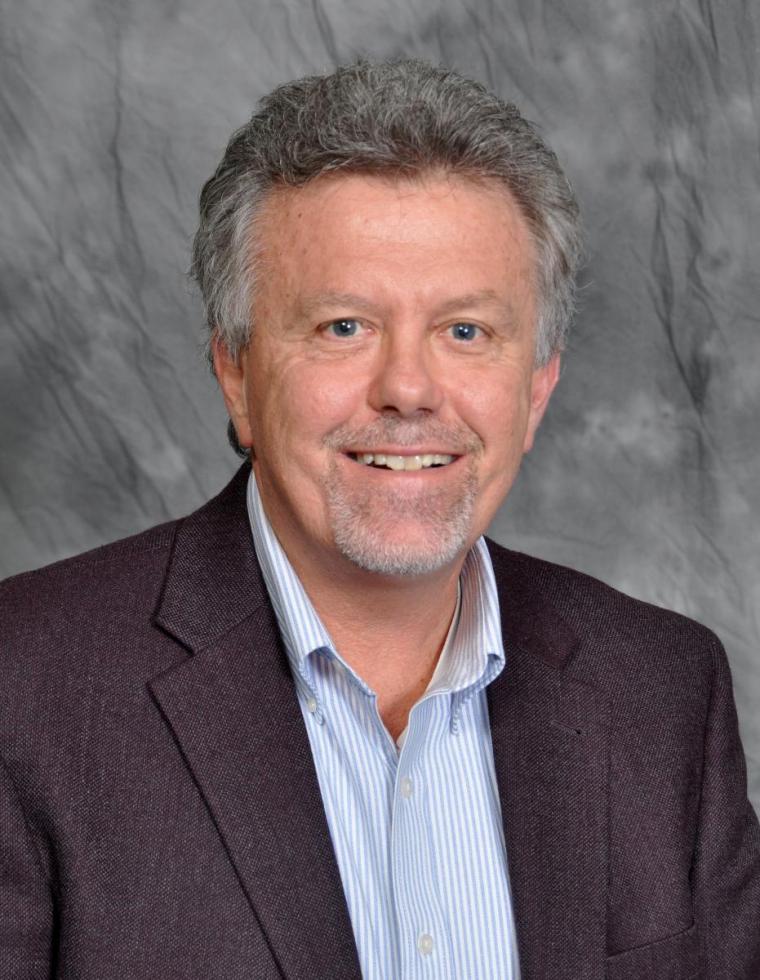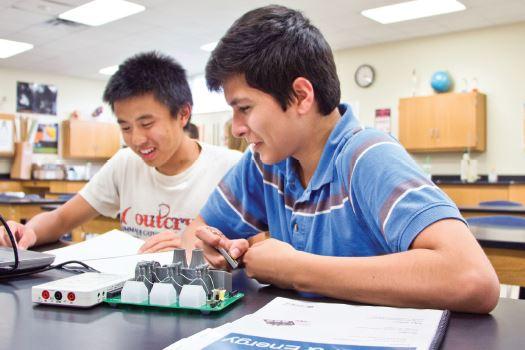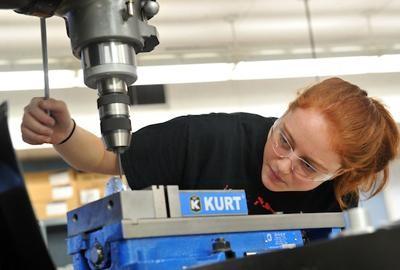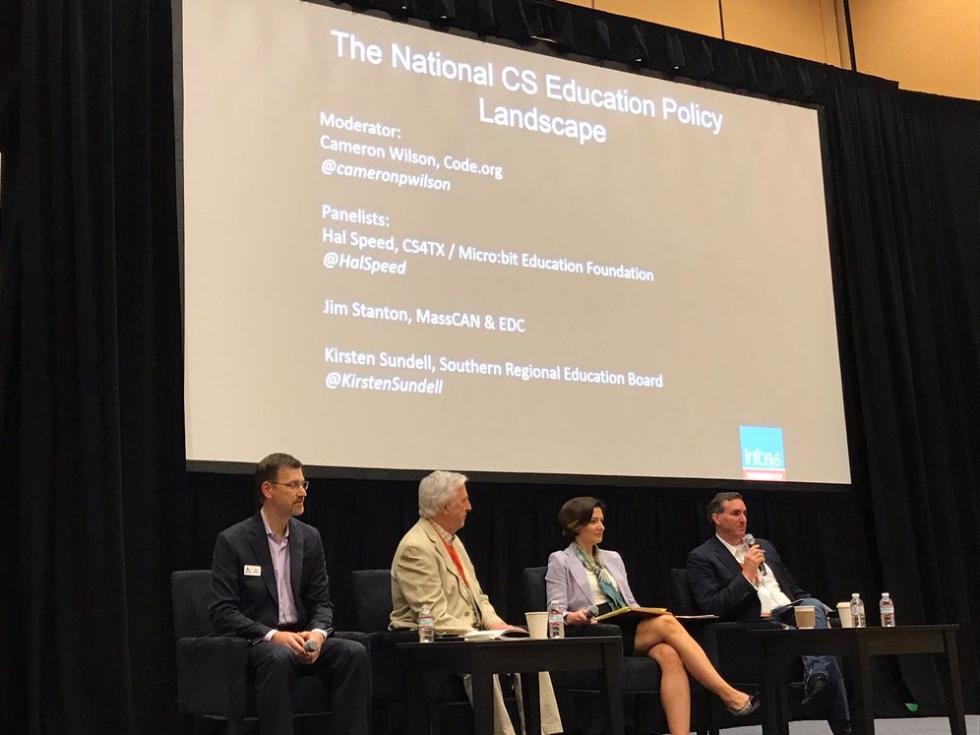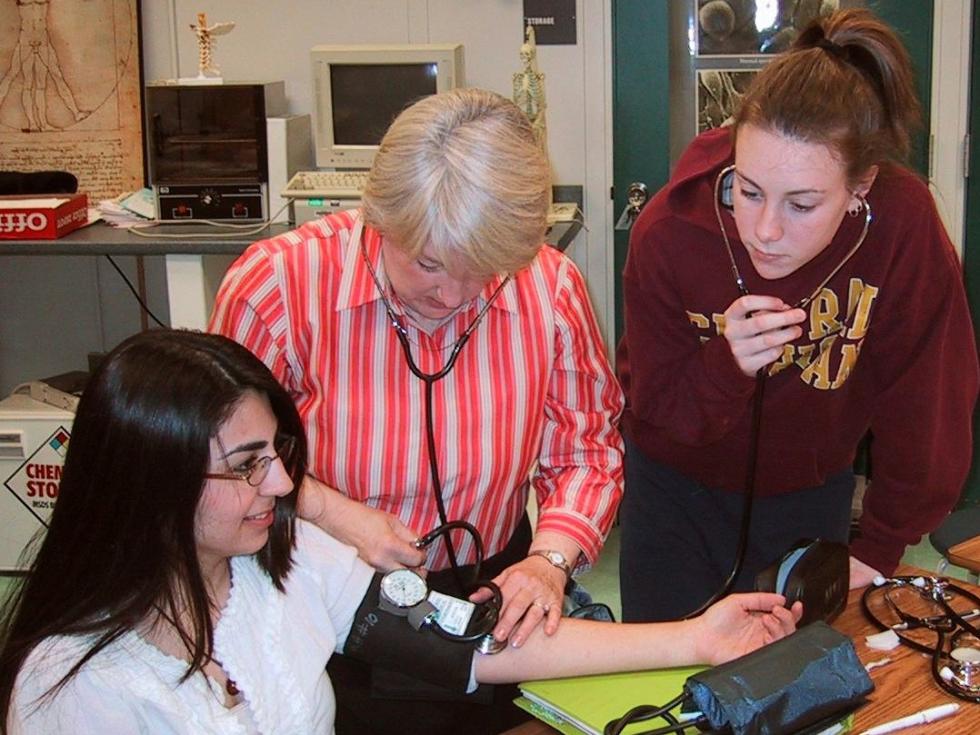Blog: CTE and Career Pathways
The Power of a Power Career Pathway: How Western York County Created a Utility Line Worker Program
How can you put all of the tips on creating career pathways we’ve been going over the last few weeks into practice? Let’s look at how York school district one and the Clover school district in South Carolina created a utility line worker program in their school district!
Turning Childhood Dreams Into Career Development: How to Create a CTE Pipeline From Elementary to High School
At what age should you start your CTE pipeline? According to the team at Eastern Oklahoma County Technology Center, it may be earlier than you think. In this post, we talk about EOC Tech’s tips on creating a pipeline that reaches everyone from elementary students to high schoolers.
Tips on Starting a STEAM School: A Look at Jefferson Middle School
Jefferson Middle School in Columbia, Missouri, is a great example of a STEAM school that works. This is why their session at the 2023 Making Schools Work Conference was so great: They showed what made their program work and gave tips on how you can start a program at your school. And we compiled them here for you!
Combining Education With Job Skills: Tips From the 2023 Making Schools Work Opening Address
In his opening address at the 2023 Making Schools Work Conference, Adam Welcome talks about how the changing economy means we need some changes to the way we teach.
Job experience and skills are more important than ever, and what those job skills will be are changing too. In this post, we give you insights into his opening address.
Virtual Labs for STEM and CTE Teachers and Students
We know that this is a challenging time for teachers across the country. Many of you have been plunged into the world of virtual learning without a lot of time to prepare. Following sudden school closures due to the COVID-19 pandemic, you’ve had to move quickly to shift your carefully planned lessons online so your students can continue learning at home. And those of you who are STEM and career and technical education teachers in particular face unique challenges as you work to adapt hands-on learning experiences to a virtual format.
STEM Is Not Too Hard for Students — When It’s Done Right
It is no secret that in the modern economy, STEM fields are in constant need of qualified workers. There simply are not enough people with STEM skills to fill vacancies, even though those who hold STEM degrees make 26 percent more than their contemporaries who hold non-STEM degrees. Countless studies have chronicled various reasons why too few students participate in STEM education; however, a new survey from Pew Research Center finds that the number one reason students are not studying STEM might be that they view these fields as too difficult.
Inspiring Students to Explore STEM with SREB’s Advanced Career Courses
How AC’s nine pathways connect classrooms, college and the careers of the future
As you know, science, technology, engineering and math (STEM) skills are in high demand in today’s fast-paced, technology-driven economy. Leading employers prize job candidates with strong communication and teamwork skills who anticipate workplace problems and can apply literacy, math and technical know-how to solve them. (Learn more in this Business Roundtable report).
Advanced Career Teachers Share Invaluable Insights From the Classroom
“I believe the Aerospace Engineering curriculum is helping students to learn and to think like engineers,” says Bill Vivian, who teaches the Advanced Career Aerospace Engineering curriculum at Sun Valley High School in Charlotte, North Carolina.
Valuing Both Cs in State Accountability Systems
SREB helps states set and meet bold goals for student achievement and credential attainment
SREB has long held that high-quality career and technical education transforms how students learn by connecting the classroom with the real world of work. Our nine Advanced Career curricula exemplify the power of CTE. Each four-course AC career pathway is built around hands-on, project-based assignments that challenge students to apply academic knowledge, technical know-how and teamwork skills to solve the same problems faced by industry professionals.
West Virginia: Leading-Edge Career-Tech Showcased in The New York Times
State's partnerships with SREB go far beyond adoption of Advanced Career Energy and Power pathway.
A recent article in The New York Times describes how West Virginia’s career and technical education programs are preparing students for degrees and careers in the state’s high-tech, high-demand industries. “Far from being strictly a job training program for teenagers, classes like Advanced Career Energy and Power require math and physics instruction as rigorous as in the College Board’s Advanced Placement track.”
Here are six ways the state partners with SREB in CTE and readiness.
SREB States Lead the Way on Computer Science Education
Inside InfoSys Foundation's National Computer Science Education Convening
National convening attendees share best practices for increasing access to quality CS learning experiences
Last month I was privileged to participate in InfoSys Foundation’s CrossRoads 2017 convening on computer science and maker education in San Francisco. The convening’s attendee list included state and local government representatives, thought leaders, K-12 educators, postsecondary faculty and not-for-profit computing organizations from across the US — including many SREB states.
Kentucky Students Can Earn Degree Faster With New Nursing Career Pathway
Most if not all SREB states have a serious, unmet need for registered nurses with Bachelor of Science in Nursing degrees — the preferred credential of many health-care providers. Here’s how Kentucky health-care industry leaders and secondary and postsecondary health educators designed a new, 120-credit hour nursing career pathway in a state where the pathway from high school to the BSN could take up to 168 credit hours — 48 costly excess hours.
SREB’s Advanced Career: Investing in Tomorrow’s Workforce
Originally published on the U.S. Chamber of Commerce Foundation blog.
 Over the past decade there has been
widespread agreement that increasing student access to advanced
coursework is a good thing. It is good not only because it raises
the rigor of their education, but also because it promotes access
to college and helps students get a head start.
Over the past decade there has been
widespread agreement that increasing student access to advanced
coursework is a good thing. It is good not only because it raises
the rigor of their education, but also because it promotes access
to college and helps students get a head start.
Q&A: Advanced Career STEM Pathways
A Learning Experience for Students and Teachers
By Gene Bottoms, SREB senior vice president
What goes on in the Advanced Career classroom? A lot of math. Intense researching and reading. Most importantly, learning. The type of learning that remains in the forefront of students’ minds as they apply it to practical, purposeful projects.
Pathways to Opportunity
High School to College and the Workplace
Labor market economists project that by 2020, two-thirds or more of all jobs will require some postsecondary education — either a certificate, a credential or a degree at the associate level or higher.


